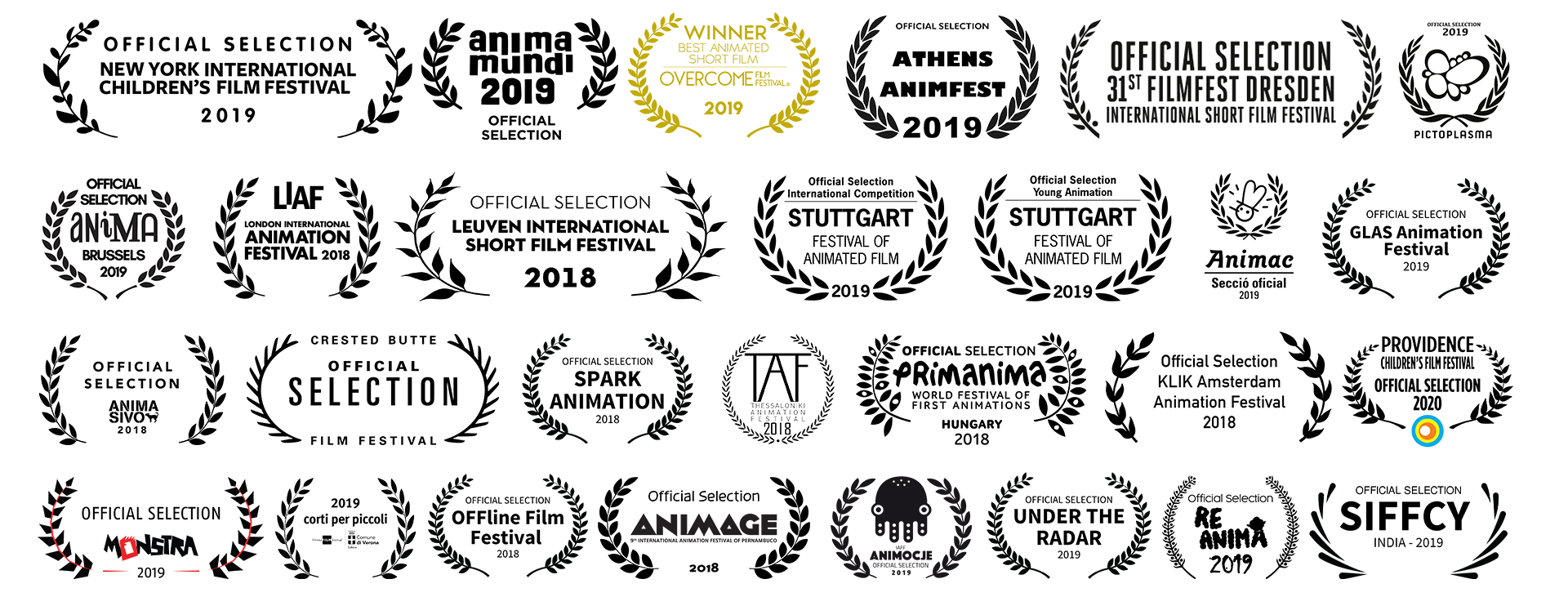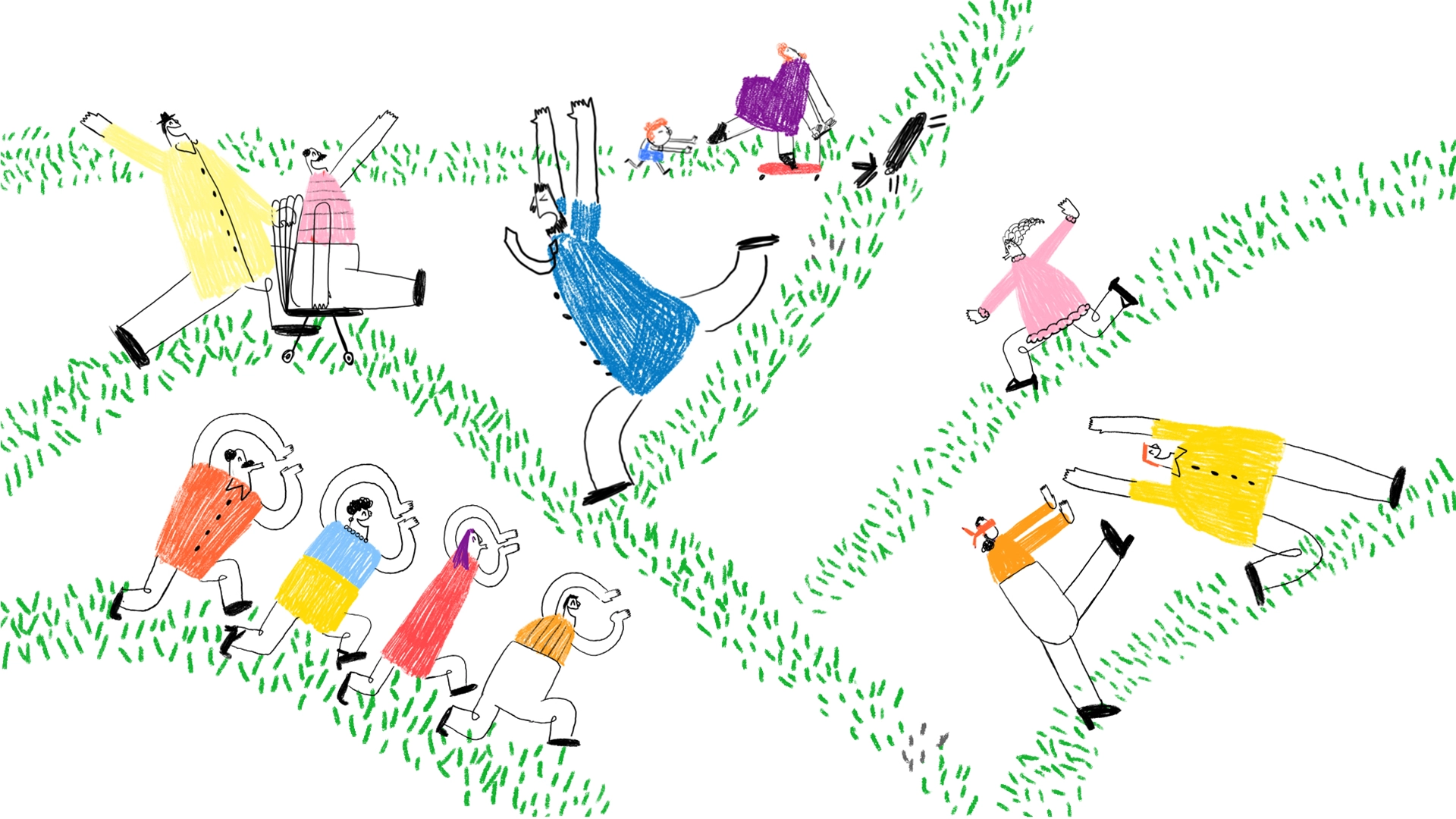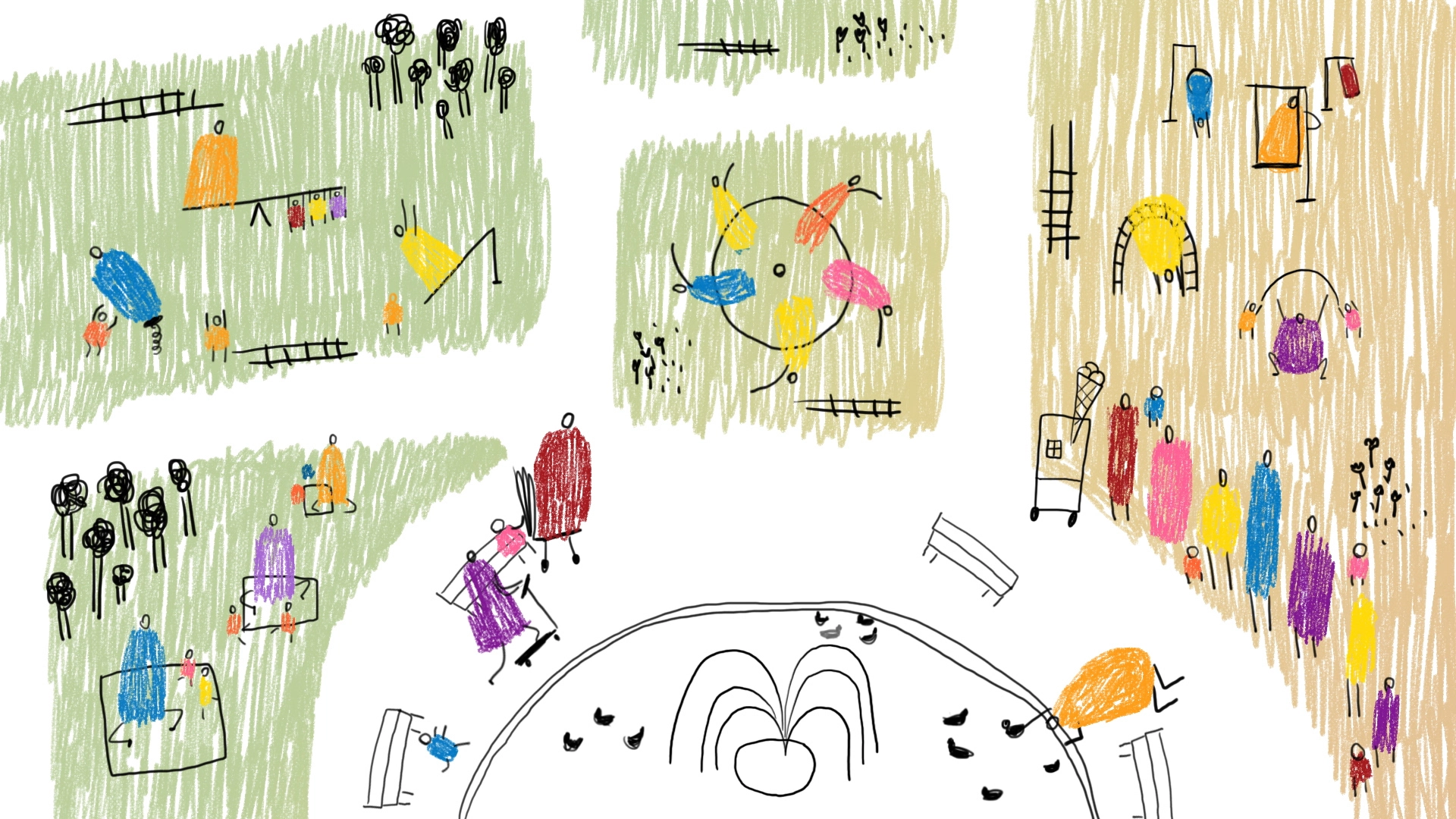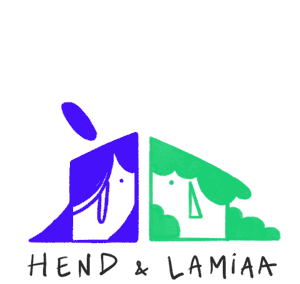Exploring the absurdity of a world where the roles of kids and adults are switched
“Flipped” is a short film that follows a day full of bizarrely reversed interactions, unravelling the dynamics of this relationship, tackling topics about maturity and parenting in a comic way.

“What if kids and adults switched roles?” This was the first trail of thought we decided to develop on. We both got drawn to this idea as we realised that the roles inevitably change in real life.
From a kid pushing a pram, to an adult having a tantrum at the park, we started thumbnailing countless situations where the kids are the mature ones and the adults are acting in a childish way.
This film is the birth of what we now consider “our own style”. We wanted to create a style that complements the idea of the film, combining neat graphical lines with analog boiling textures, giving a childlike drawing feel.


Every time we watch Flipped, we are reminded to embrace our inner child and be playful regardless of age.
The film was officially selected in over 30 festivals worldwide, receiving special mentions and one award, along with Vimeo “Staff Pick” and “Best Of The Month” badges. And thanks to signing with several distribution platforms,including KMBO, MagnetFilm and Benshi, Flipped is still being shared with a wide audience across the world. Do not forget to check out the interview featuring our film on Directors Notes.
Credits
Story, Direction & Design: Hend Esmat & Lamiaa Diab
Animation: Hend Esmat, Lamiaa Diab, Melissa Pinto, Patrycja Szypuła, Wiktoria Filipiak
Color Design: Luisa Cruz
Sound Design: Patrick Henchman
